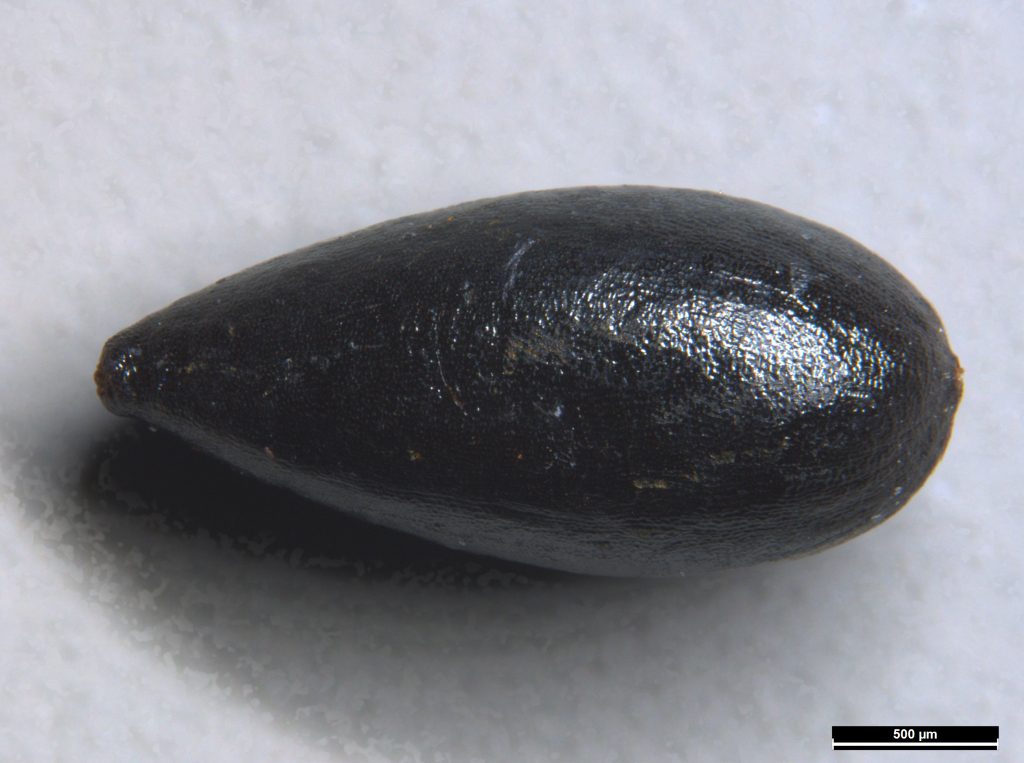Pimelea curviflora subsp. sericea
(Benth.) N.G.WalshSubshrubs, mostly to c. 30 cm high, often several stemmed from base and resprouting after fire. Leaves usually narrowly elliptic or narrowly obovate, 5–15(–20) mm long, 2–5 mm wide, more-or-less concolorous, usually sparsely sericeous above (rarely glabrous), low surface with appressed silky hairs. Flowers mostly 10–25 per inflorescence; perianth 5–8.5 mm long, hairs on floral tube appressed, to c. 0.5 mm long, sepals 1.3–2.5 mm long. Seeds ovoid, virtually smooth or very minutely colliculate, glossy. Flowers mostly Sep.–Dec.
MuM, VVP, VRiv, GipP, OtP, Gold, CVU, GGr, DunT, NIS, EGU, HSF, HNF, MonT, VAlp. SA, Qld, NSW, Tas. Locally common in grasslands and grassy woodlands of the volcanic and northern plains; present, but rather rare in montane woodlands in the east.
Pimelea curviflora vars. gracilis and sericea were combined under the name Pimelea curviflora var. 1 in vol 3, Flora of Victoria (1996) and earlier versions of VicFlora, but further investigation suggests that the two varieties (recognised now as subspecies), in the vast majority of cases, are readily distinguished.
 Spinning
Spinning
